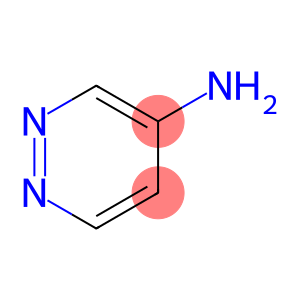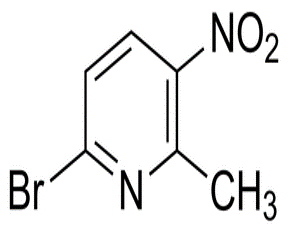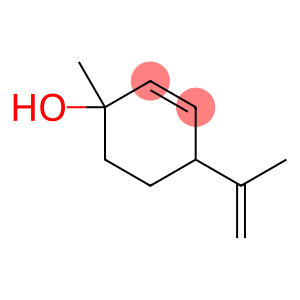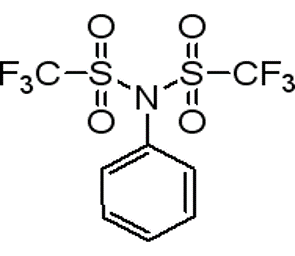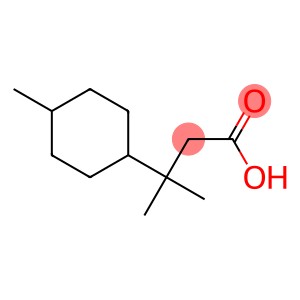Cinnamyl alcohol(CAS#104-54-1)
| Hazard Symbols | Xn – Harmful |
| Risk Codes | R22 – Harmful if swallowed R36/38 – Irritating to eyes and skin. R43 – May cause sensitization by skin contact R36 – Irritating to the eyes |
| Safety Description | S26 – In case of contact with eyes, rinse immediately with plenty of water and seek medical advice. S36/37 – Wear suitable protective clothing and gloves. S37/39 – Wear suitable gloves and eye/face protection S24 – Avoid contact with skin. S24/25 – Avoid contact with skin and eyes. |
| UN IDs | 2811 |
| WGK Germany | 2 |
| RTECS | GE2200000 |
| FLUKA BRAND F CODES | 10-23 |
| TSCA | Yes |
| HS Code | 29062990 |
| Toxicity | LD50 (g/kg): 2.0 orally in rats; >5.0 dermally in rabbits (Letizia) |
Introduction
Cinnamyl alcohol is an organic compound. The following is a brief introduction to the properties, uses, preparation methods and safety information of cinnamyl alcohol:
Quality:
- Cinnamyl alcohol has a special fragrance and has a certain sweetness.
- It has low solubility and can be slightly soluble in water and has good solubility in organic solvents such as ethanol and ether.
Use:
Method:
- Cinnamyl alcohol can be synthesized by different methods. One of the most common methods is to produce cinnamaldehyde by a reduction reaction.
- Cinnamaldehyde can be extracted from cinnamon oil in cinnamon bark, and then converted to cinnamyl alcohol through reaction steps such as oxidation and reduction.
Safety Information:
- It can cause eye and skin irritation, and proper protective measures should be worn when using it.
- During storage and handling, care should be taken to avoid contact with oxidants and avoid ignition sources to prevent accidents.




